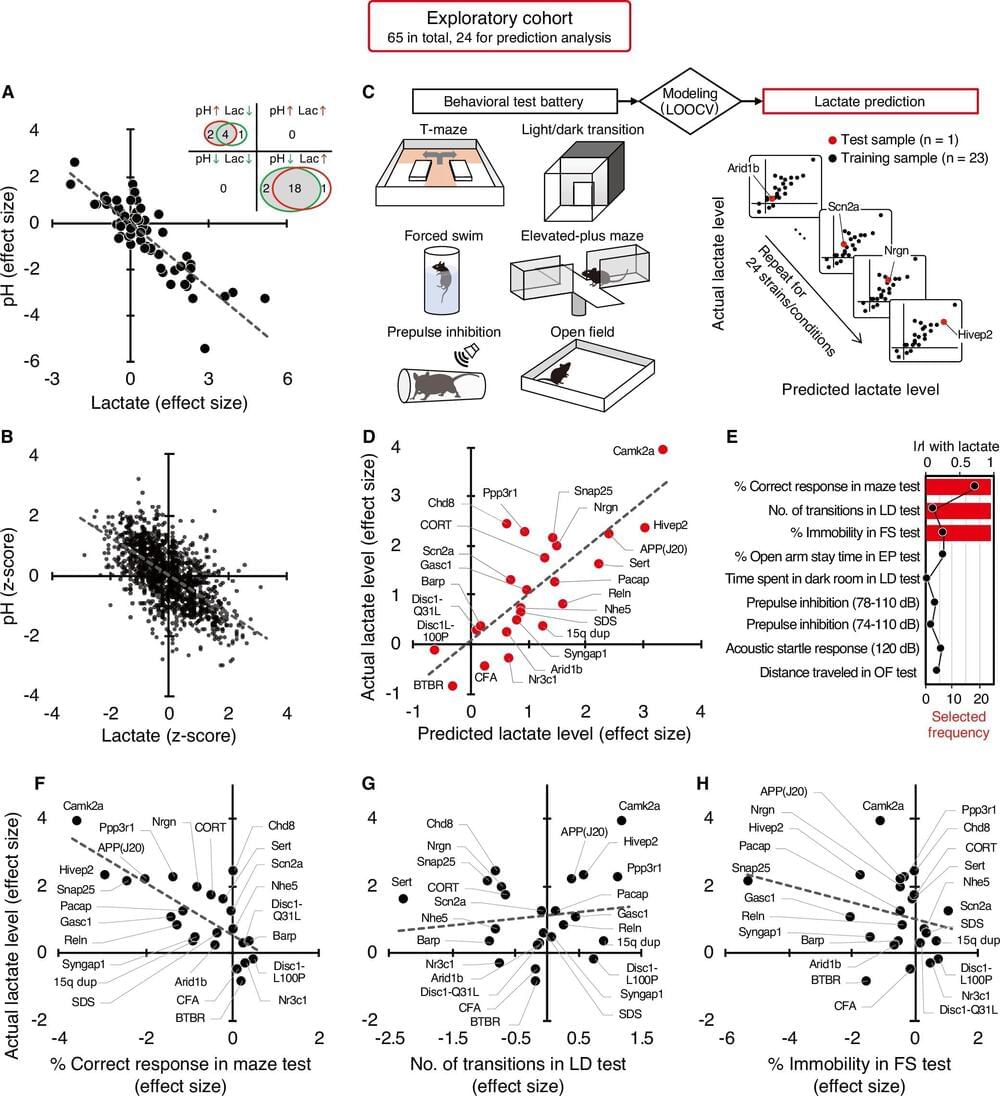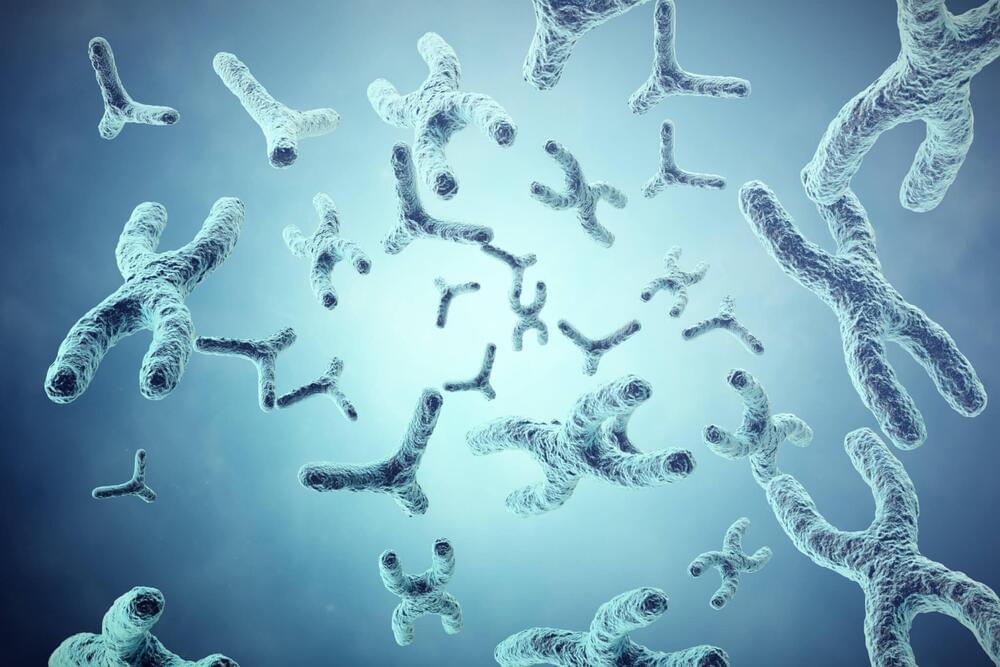A movie released to critical acclaim has now been met with intense backlash after fans discovered it included AI-generated images.
Written and directed by siblings Cameron and Colin Cairnes, “Late Night With the Devil,” is a horror movie starring David Dastmalchian as a 70s talk show host. Through found footage, it shows a once “lost” live TV broadcast on Halloween, in which the evening’s guest, a young girl, claims to be demonically possessed.
Critics and audiences alike have raved about the movie since it premiered at the SXSW film festival — but that goodwill proved to be short-lived. In a scathing and now viral review shared on Letterboxd, a user called out the movie for having AI “all over” certain sequences, garnering thousands of likes and inciting tons of fiery discourse on other social media platforms.







